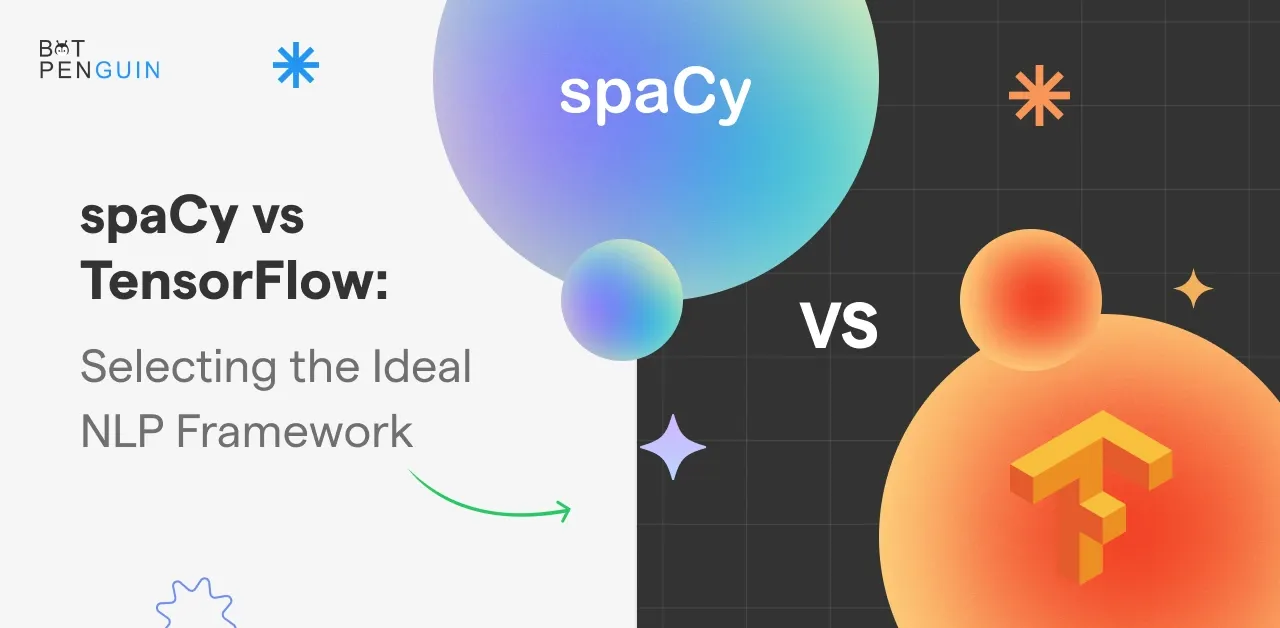Introduction
Many businesses and developers need help to select the ideal NLP framework to power their language-related tasks.
A report by Grand View Research shows that 80% of AI projects face difficulties choosing the appropriate NLP tools.
Deep neural networks are becoming increasingly popular in various areas of NLP, such as sentiment analysis, text summarization, question answering, and more.
The right NLP framework can be a game-changer, potentially revolutionizing your text analysis, chatbots, sentiment analysis, and more. But with the array of options available, the decision-making process can be daunting.
This blog post evaluates three prominent NLP deep learning frameworks, SpaCy and Tensorflow, and discusses their benefits, drawbacks, and use cases.
What is spaCy?
SpaCy is a popular open-source natural language processing (NLP) library and framework. It is designed to perform various NLP tasks with ease and efficiency.
SpaCy offers pre-trained models for multiple languages, making it a versatile tool for text analysis.
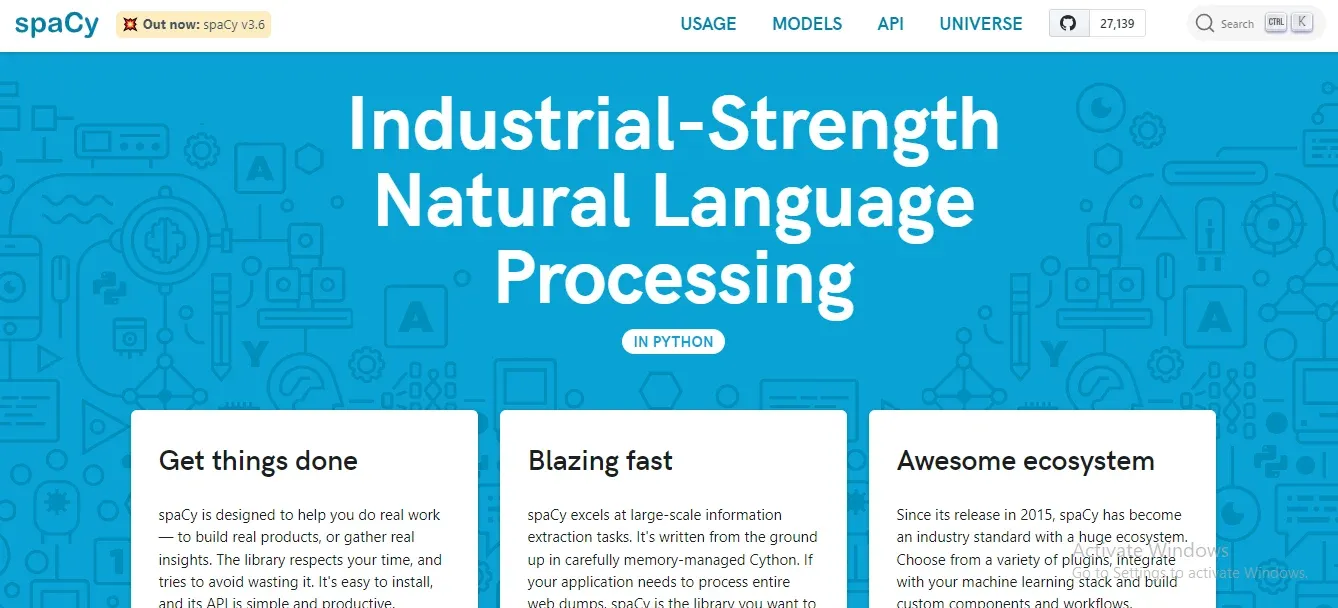
Key Features and Advantages of spaCy
- Lightning-fast Performance: One of the standout features of spaCy is its lightning-fast performance.
It's designed to be highly optimized and can quickly process large volumes of text. So, if speed is your need, spaCy has got you covered.
- Robust Linguistic Capabilities: spaCy has a wide range of linguistic capabilities, including tokenization, part-of-speech tagging, named entity recognition, and dependency parsing.
These features make it a versatile tool for various NLP tasks.
- Pre-trained Models: spaCy provides a collection of pre-trained models that can be easily loaded and used for various NLP tasks.
These models have been trained on large corpora and can save you time and effort in building your models from scratch.
What is TensorFlow?
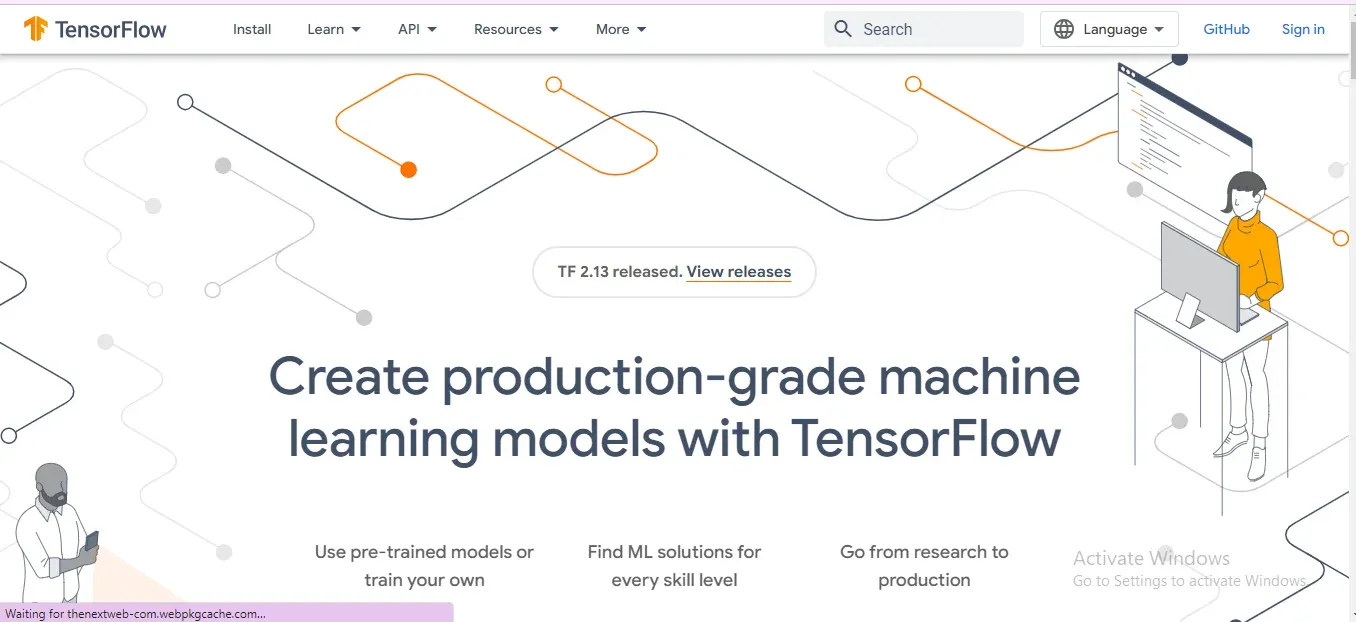
TensorFlow is an open-source machine learning framework developed by Google. It is designed to facilitate the development of machine learning and deep learning models.
TensorFlow's versatility and scalability make it a go-to choice for various applications, from image and speech recognition to natural language processing (NLP).
Key Features and Advantages of TensorFlow
- Deep Learning Powerhouse: TensorFlow is known for its prowess in deep learning.
It provides a flexible and scalable platform for building and training deep neural networks, making it an excellent choice for complex NLP tasks that require advanced machine-learning techniques.
- Extensive Community Support: TensorFlow boasts a vibrant and active community of developers and researchers.
This means you'll have access to a wealth of resources, tutorials, and pre-built models to help you get started quickly and overcome any hurdles.
- Model Customization: With TensorFlow, you can customize and fine-tune your models to suit your needs.
Whether tweaking hyperparameters or designing complex architectures, TensorFlow gives you the flexibility to experiment and push the boundaries of NLP
Why Choose spaCy?

SpaCy offers several compelling reasons for choosing it as your natural language processing (NLP) framework:
Ease of Use and Efficiency
spaCy is known for its user-friendly interface and intuitive API.
It provides a seamless experience for developers, allowing them to focus on their NLP tasks rather than getting bogged down by technical complexities.
Moreover, spaCy's efficient implementation ensures that your NLP pipelines run smoothly and swiftly.
Pre-trained Models and Customization
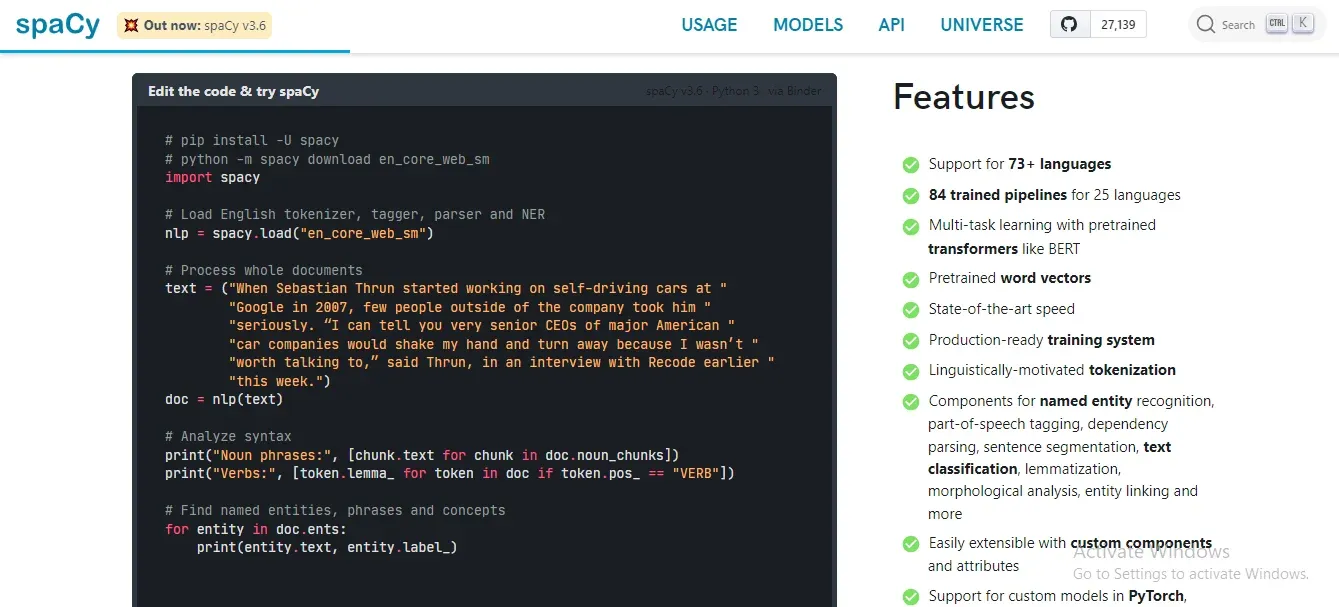
spaCy offers a wide range of pre-trained models that cover various Natural Language Processing (NLP) tasks, such as named entity recognition, part-of-speech tagging, and text classification.
These models can be easily loaded and used out of the box, saving you valuable time and effort.
Ideal for Small to Medium-sized Projects
If you're working on small to medium-sized NLP projects that require fast and efficient processing, spaCy is an excellent choice.
Its optimized algorithms and lightweight design make it a perfect fit for applications where speed and resource efficiency are crucial.
Why Choose TensorFlow?
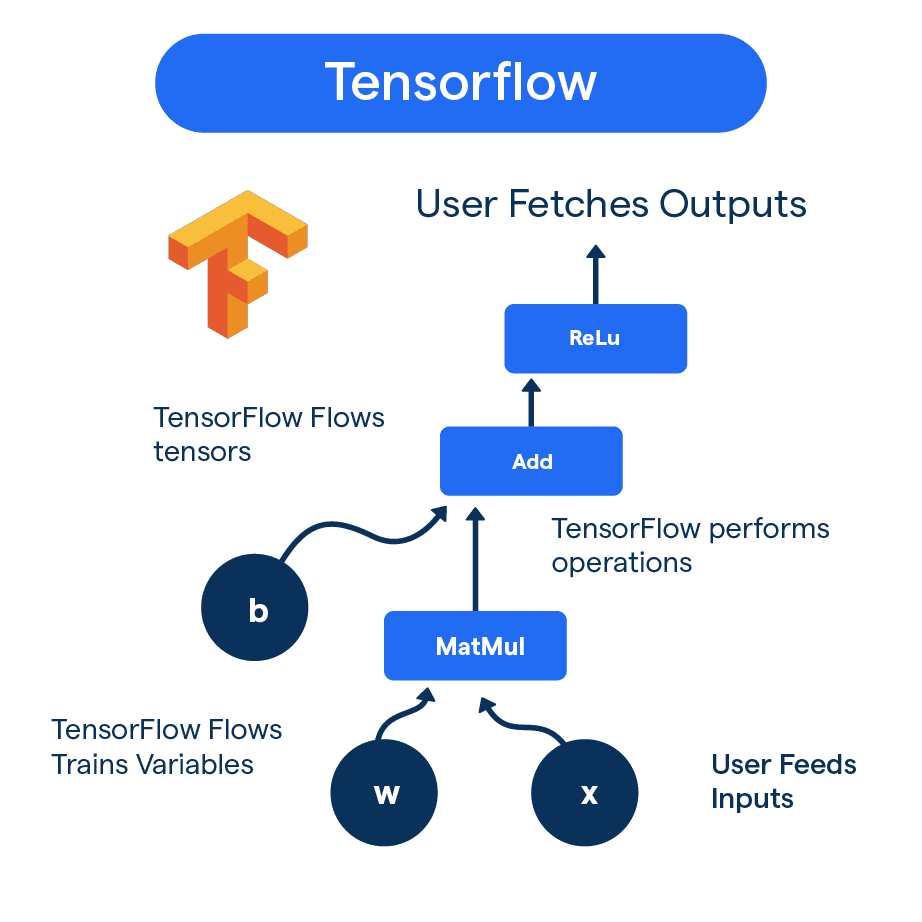
TensorFlow boasts several advantages that make it a standout choice for various machine learning and deep learning projects:
Flexibility and Scalability
TensorFlow is renowned for its flexibility and scalability, making it a go-to framework for large-scale NLP projects.
Whether you're working on text classification, sentiment analysis, or machine translation, TensorFlow provides a robust platform to handle complex deep-learning architectures.
Suggested Reading:
TensorFlow for Python: Simplifying AI Development
Extensive Community Support
One of the major advantages of TensorFlow is its vast and active community.
With many developers and researchers contributing to the ecosystem, you'll find many resources, tutorials, and pre-built models to accelerate your NLP journey.
Customization and Model Design
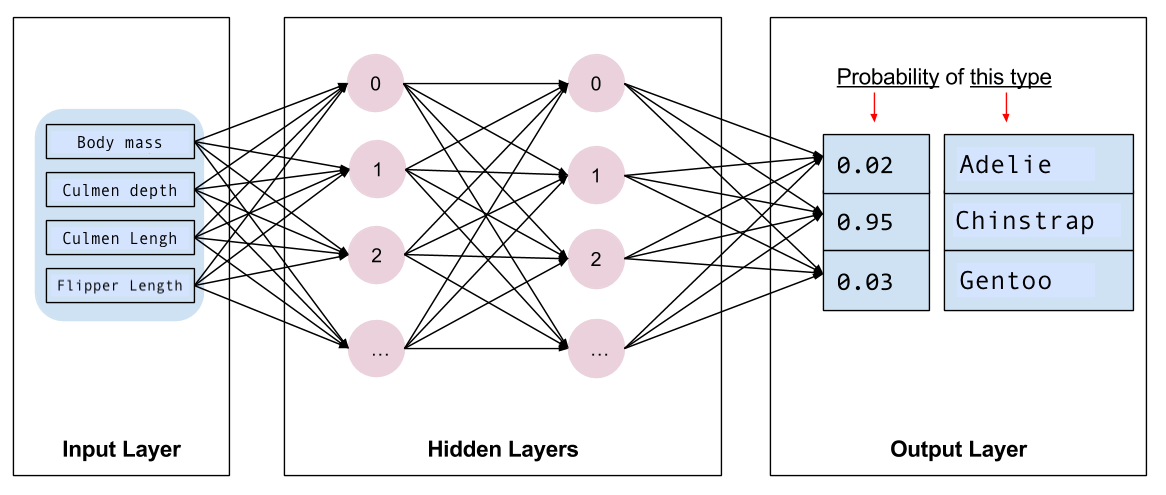
TensorFlow empowers you with the freedom to customize and fine-tune your NLP models.
Whether tweaking hyperparameters, experimenting with different architectures, or incorporating advanced techniques like attention mechanisms, TensorFlow provides the tools and flexibility to push the boundaries of NLP.
How do spaCy and TensorFlow Differ?
SpaCy and TensorFlow are both powerful tools for natural language processing (NLP) and machine learning, but they differ in several key ways:
spaCy vs TensorFlow: Design Philosophies and Approaches
spaCy and TensorFlow have distinct design philosophies and approaches. spaCy focuses on providing a user-friendly and efficient experience out of the box.
It prioritizes speed and ease of use, making it an excellent choice for small to medium-sized projects.
On the other hand, TensorFlow is designed to be a flexible and powerful deep-learning framework.
Suggested Reading:
Exploring Chatbot Frameworks that Integrate Well with spaCy
spaCy vs TensorFlow: Learning Curve and Available Resources
Regarding the learning curve, spaCy tends to have a shallower learning curve compared to TensorFlow. Its intuitive API and comprehensive documentation make it easier for beginners to start quickly.
Conversely, TensorFlow has a steeper learning curve due to its extensive capabilities and flexibility.
spaCy vs TensorFlow: Performance, Scalability, and Compatibility
spaCy is known for its lightning-fast performance and resource efficiency.
It's optimized to handle large volumes of text efficiently, making it a great choice for applications that require speed. TensorFlow, on the other hand, shines in terms of scalability and compatibility.
Its ability to distribute computations across multiple devices or machines allows it to seamlessly handle massive datasets and complex models.
Conclusion
In the battle of spaCy vs TensorFlow, both frameworks have their strengths and advantages.
While spaCy offers speed, efficiency, and ease of use, it is ideal for small to medium-sized projects. With its pre-trained models and customizable options, spaCy provides a user-friendly experience for developers.
On the other hand, TensorFlow shines in flexibility, scalability, and deep learning capabilities. It is well-suited for large-scale projects that require advanced machine-learning techniques. TensorFlow's extensive community support and customization options make it a powerful tool for NLP tasks.
Ultimately, the choice between spaCy and TensorFlow depends on your specific project requirements, available resources, and expertise.
Consider factors like project size, complexity, scalability, and learning curve to make an informed decision.
So, explore both frameworks and find the perfect match for your NLP endeavors. Happy coding!
